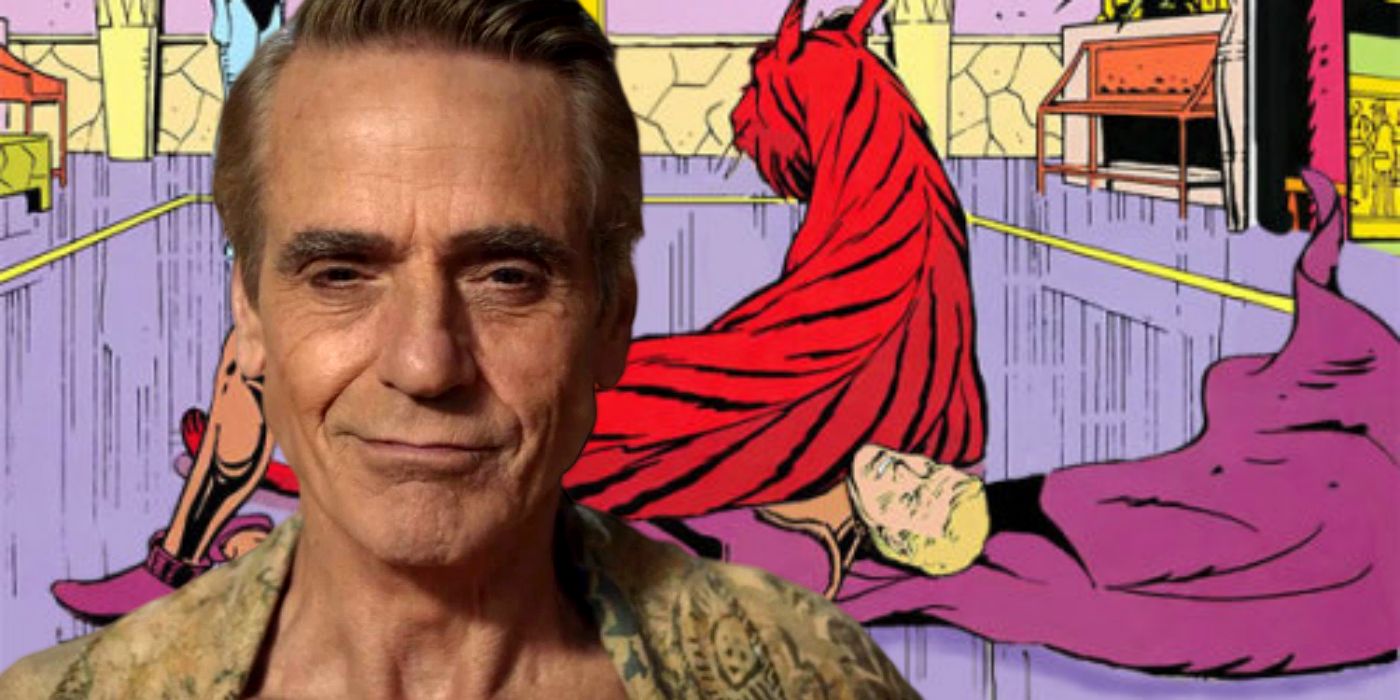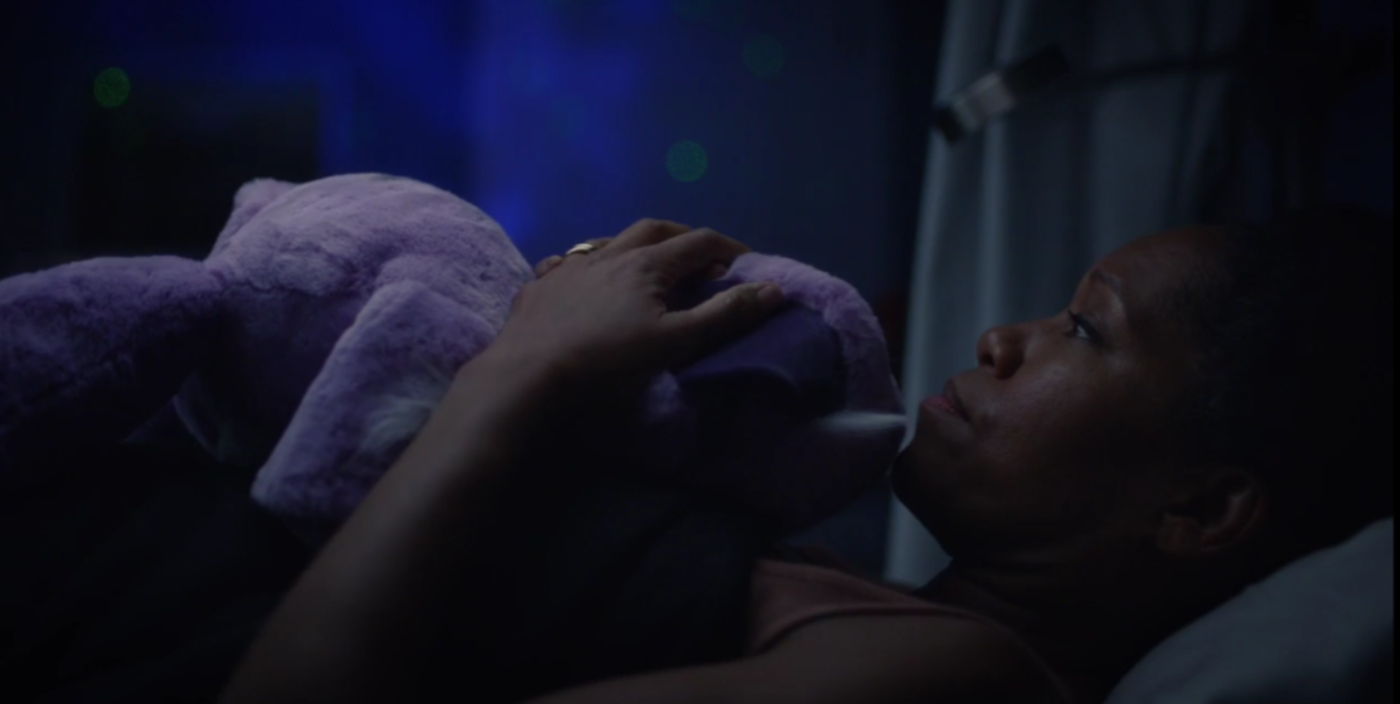HBO's Watchmen's intricate world-building wouldn't be complete without adapting one of the graphic novel's weirdest ideas: Ozymandias' cloned pet lynx Bubastis. Though the actual genetically-engineered beast, which was the prized pet of Adrian Veidt (Jeremy Irons) in both Alan Moore and Dave Gibbons' comics and in Zack Snyder's 2009 Watchmen movie, hasn't appeared in the series, his presence is definitely felt. In fact, the whole idea of superheroes being merchandised continues from the graphic novel into the sequel series crafted by Damon Lindelof.
In Watchmen's 1985, Bubastis was just one aspect of Adrian Veidt's financial empire. Ozymandias complied with the Keene Act of 1977 and retired as a superhero but he turned nostalgia for his colorful adventures into a cornerstone of his multinational company. Veidt exploited not just Ozymandias but the copyrights and likenesses of his fellow costumed adventurers; Veidt Industries sold action figures and vehicles of Nite Owl, Rorschach, Silk Spectre, The Comedian, Doctor Manhattan, and their enemies like Moloch. Further, Veidt delved into cloning technology as part of his ultimate scheme to save the planet from World War III with his giant squid hoax. One of the results was his prized pet, Bubastis, who lived in Veidt's Antarctic fortress dubbed Karnak. Ultimately, Veidt sacrificed Bubastis and the great cat was destroyed by an intrinsic field generator Ozymandias used on Doctor Manhattan; although the device failed to stop the blue super being, Bubastis was disintegrated - but his memory lives on.
Even though Veidt has been declared dead and Trieu Industries acquired his company, Ozymandias' legacy of merchandising continues. In Watchmen episode 4, "If You Don't Like My Story, Write Your Own", Detective Angela Abar (Regina King) finds comfort in her adopted son Topher's (Dylan Schombing) Bubastis stuffed animal. Angela's family was understandably rattled after attending the funeral of Chief Judd Crawford (Don Johnson), which was attacked by a bomb-toting member of the Seventh Kavalry. Angela and Laurie Blake (Jean Smart) saved the day but the emotional damage was done. When Angela sought refuge in Topher's bedroom, the boy offered his mother his well-loved Bubastis doll to help her sleep.
Despite Ozymandias' generation of superheroes being either dead, retired, or off-planet since 1985, Adrian Veidt never stopped marketing them to the public. According to the files in Watchmen's tie-in website Peteypedia, Veidt even revived his failing fortunes in the 1990s by mass marketing his cloning tech, allowing people to purchase duplicates of their beloved pets. It's not clear if Veidt created more copies of Bubastis after 1985, but he certainly made his pet lynx a ubiquitous part of Ozymandias' intellectual property. Even if families couldn't adopt their own flesh-and-blood giant lynx, they could at least buy stuffed animal versions of Bubastis for their children, just like Topher has one. It's hard to believe that Veidt/Trieu Industries still doesn't fill store shelves in 2019 with Ozymandias, Nite Owl, Rorschach, The Comedienne, and Doctor Manhattan toys too, especially since their adventures are hyped on TV in the series, American Hero Story: Minutemen.
Cloning also remains an ever-present issue in Watchmen. Wherever Adrian Veidt is imprisoned, he's surrounded by simple-minded duplicates of his butler Mr. Phillips (Tom Mison) and his maid Ms. Crookshanks (Sara Vickers), and Watchmen episode 4 even revealed where the clones come from and how they're instantaneously aged from fetuses to adults. Further, Lady Trieu (Hong Chau), the trillionaire who purchased Adrian Veidt's conglomerate, could also be creating clones of herself or her daughter. Because in Watchmen, nothing ever ends, especially when someone or something like Bubastis can live on forever thanks to mass merchandising and cloning.


